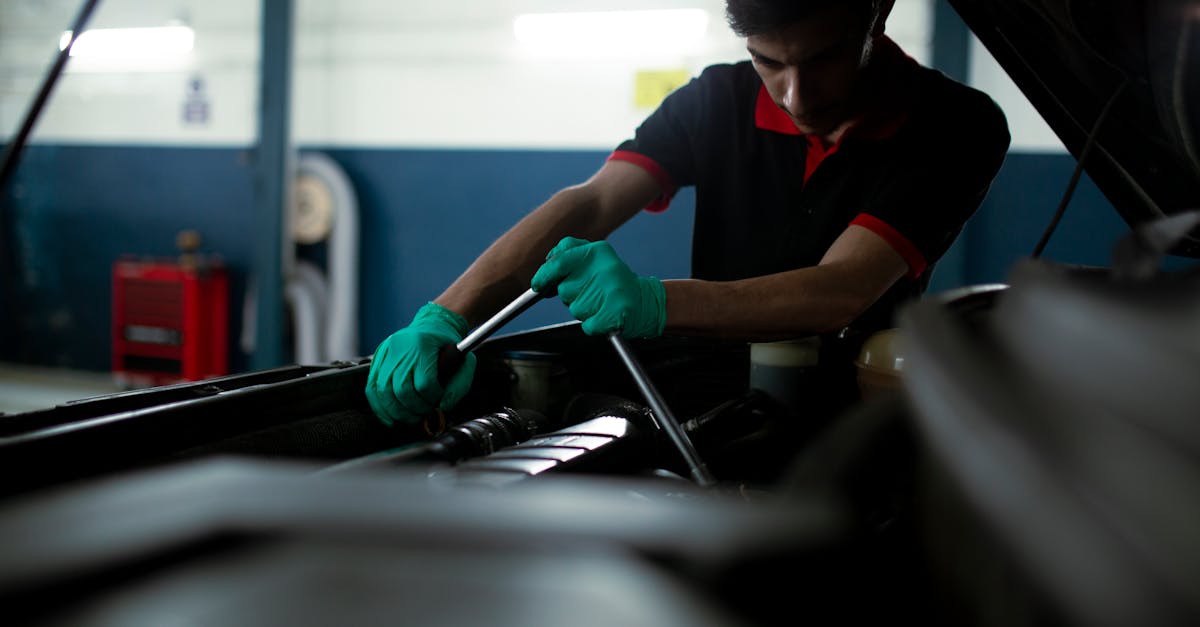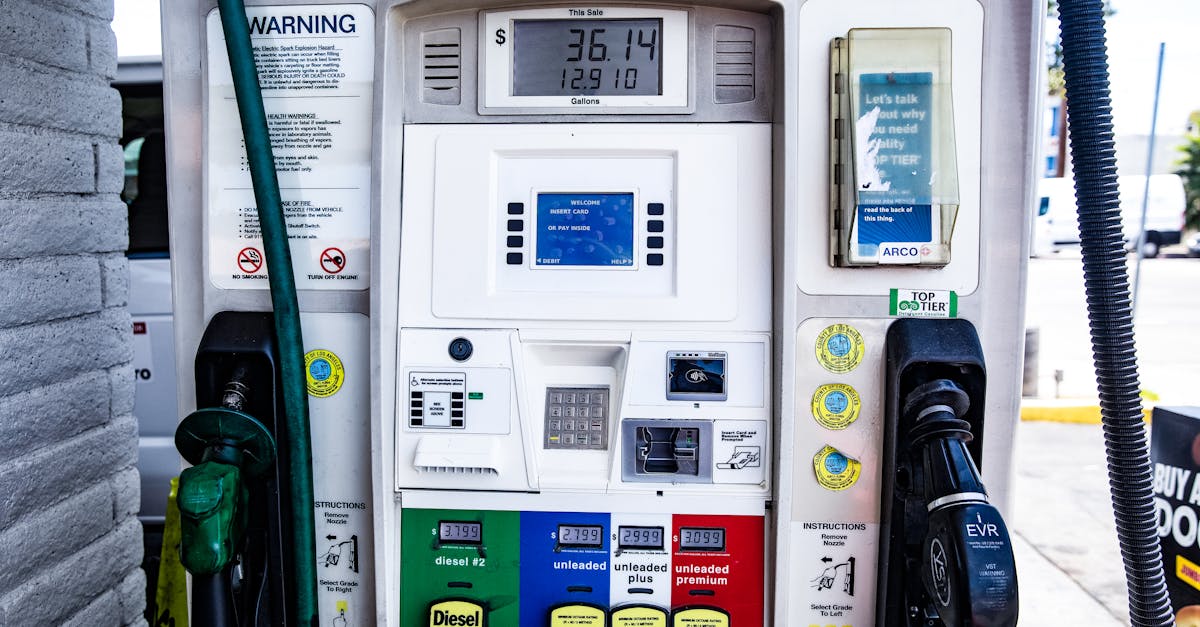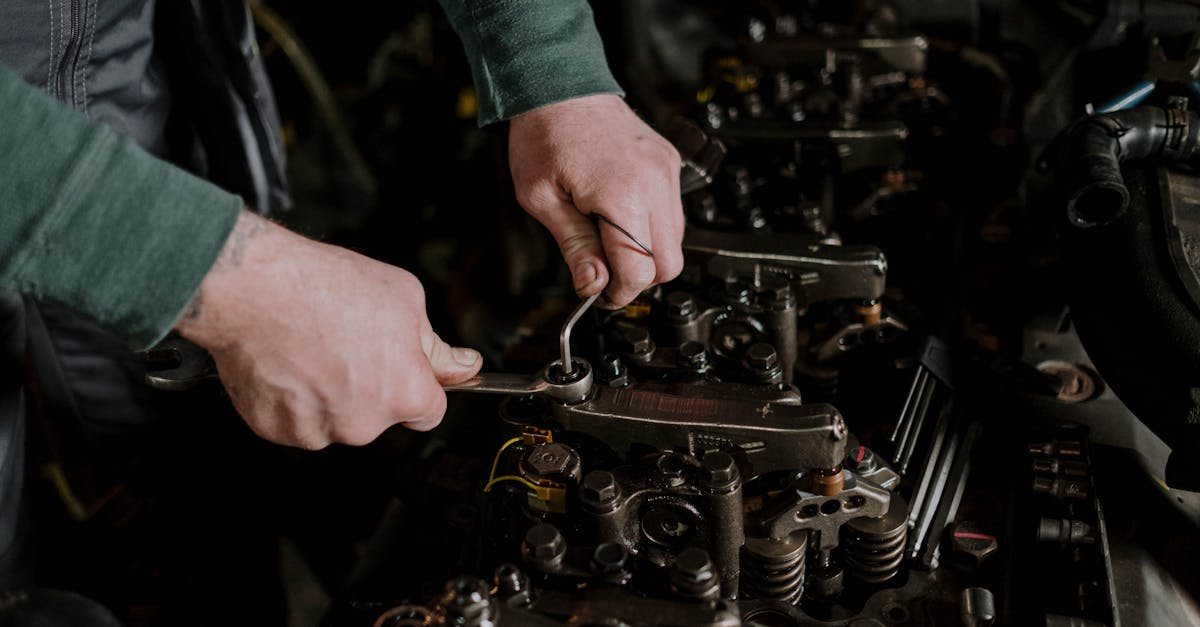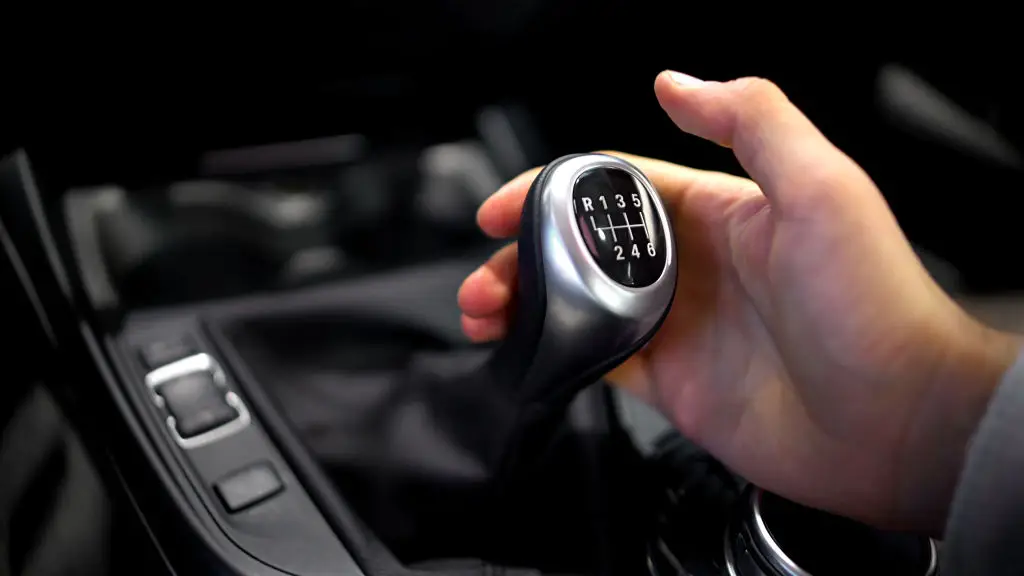DIY Car Maintenance Tasks Anyone Can Master (Even If You're Not a Mechanic)
In an era where self-sufficiency is increasingly valued, mastering the art of DIY car maintenance has become not just a necessity, but a rewarding pursuit. With the right guidance, anyone can tackle basic car maintenance tasks, saving both time and money while gaining a deeper understanding of their vehicle. This article explores 9 essential DIY car maintenance tasks that anyone can conquer, from understanding the basics of car care to more advanced undertakings. By the end, you’ll feel empowered to take control of your vehicle’s health, ensuring it runs smoothly and efficiently for years to come.
Understanding Your Vehicle's Manual
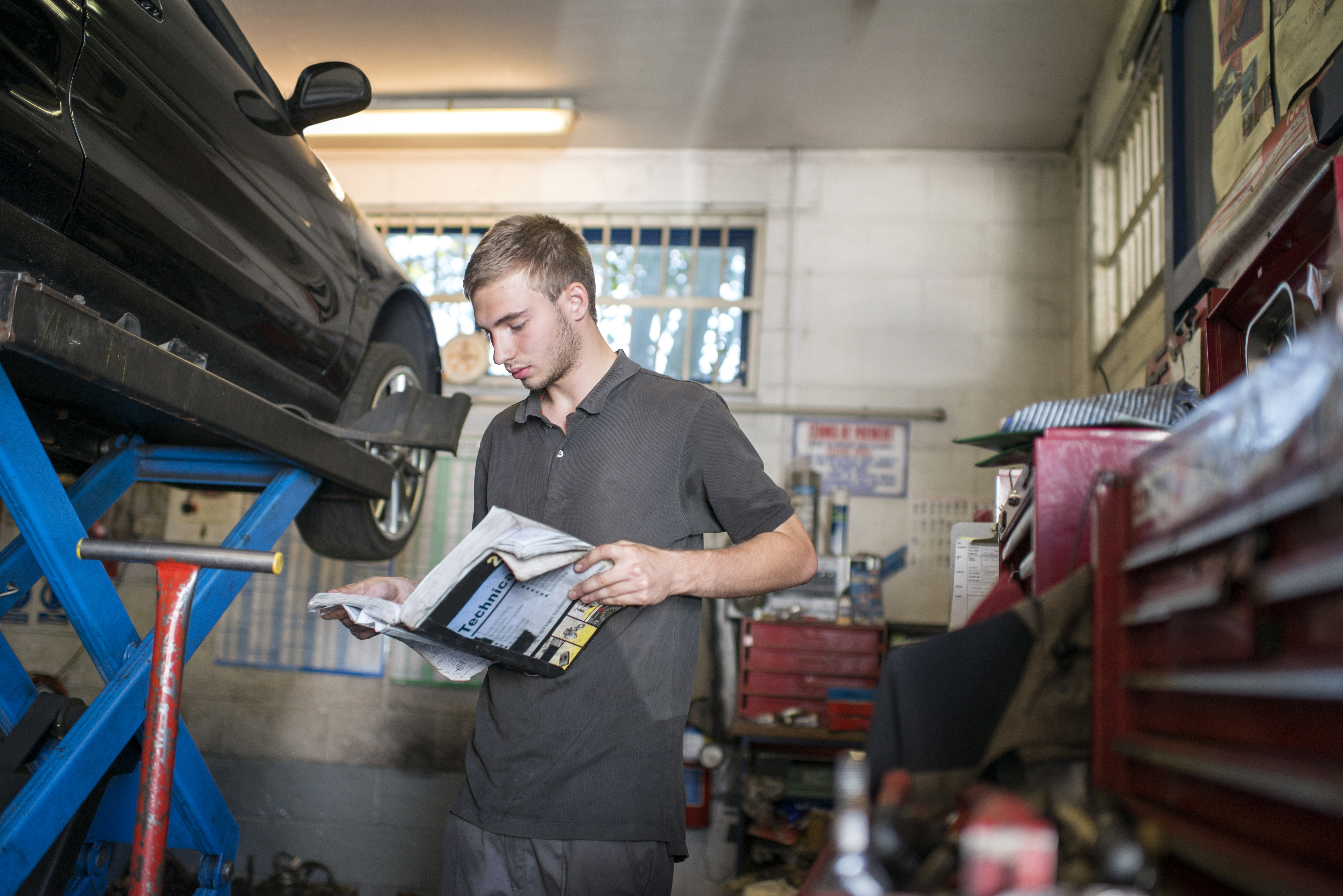
The first step to mastering DIY car maintenance is understanding your vehicle's manual. This often-overlooked resource is a treasure trove of information specific to your car's make and model. It provides detailed instructions on maintenance schedules, fluid types, and component specifications. Familiarizing yourself with the manual helps prevent common mistakes, such as using the wrong oil or overfilling fluids. It also demystifies the warning lights on your dashboard, offering insights into potential issues before they escalate. By making the manual your go-to reference, you lay a solid foundation for all subsequent maintenance endeavors.
Mastering the Art of Oil Changes
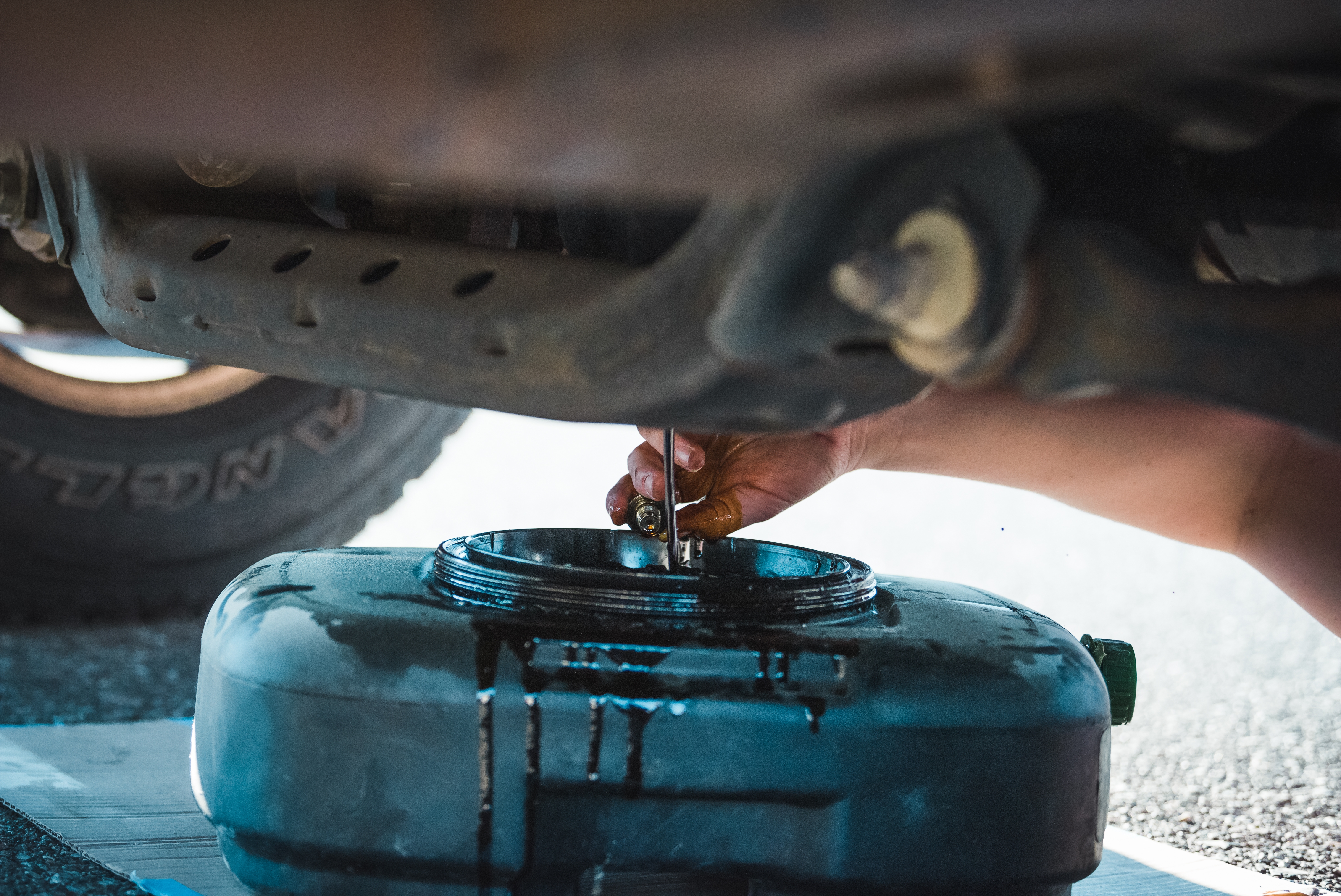
Changing your car’s oil is one of the most fundamental DIY tasks and is crucial for engine longevity. Regular oil changes ensure that the engine runs smoothly by reducing friction and preventing wear. To perform an oil change, gather the necessary tools: a wrench, oil filter, drain pan, and the correct type of oil. Begin by draining the old oil, replacing the oil filter, and then adding new oil. This task not only saves you money but also provides a sense of accomplishment. Adhering to your vehicle’s recommended oil change intervals will keep your engine in peak condition.
Tire Maintenance: Rotations, Pressure, and Tread
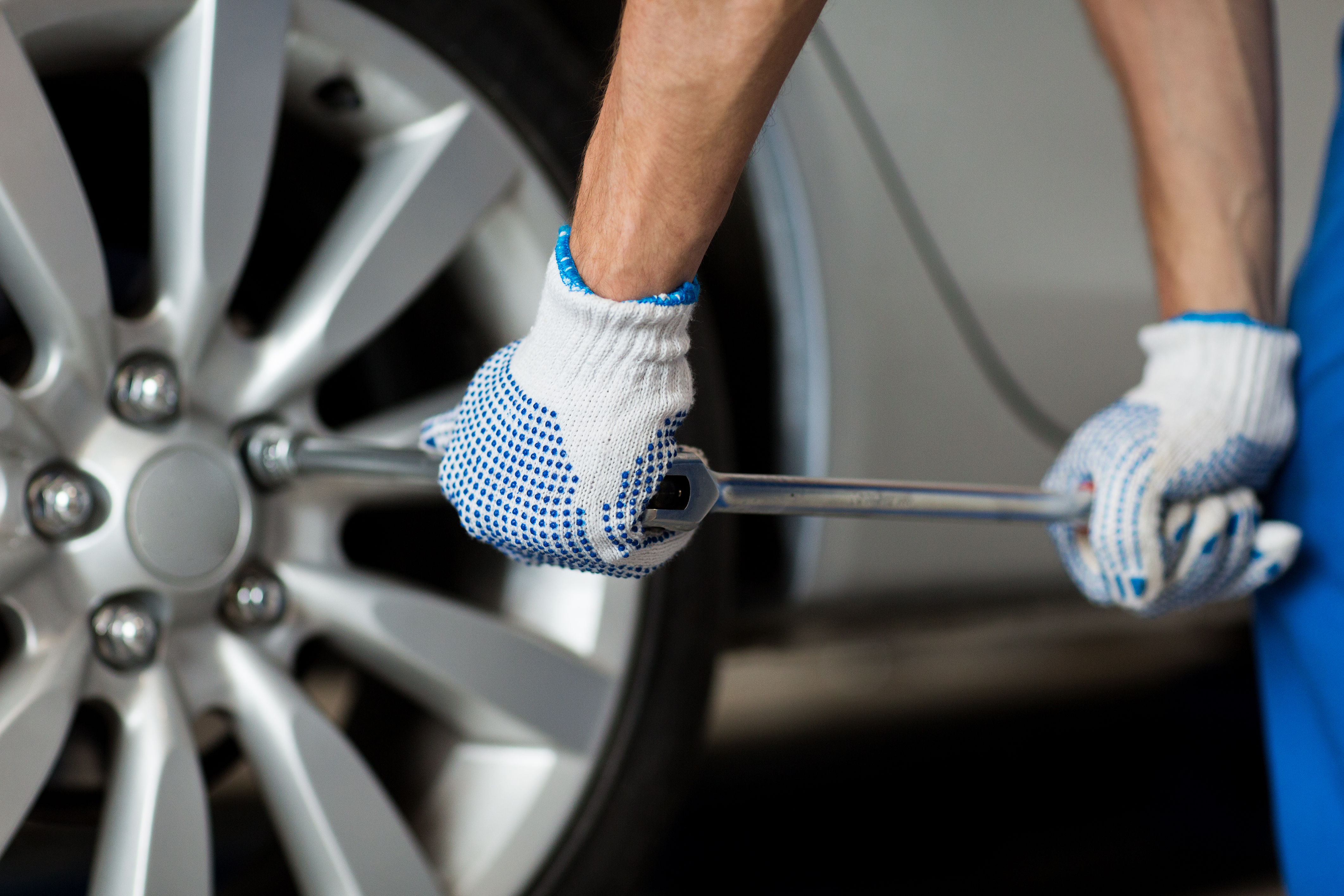
Proper tire maintenance is essential for safety and fuel efficiency. Regularly checking tire pressure ensures optimal contact with the road, improving handling and extending tire life. Invest in a reliable tire pressure gauge and learn your vehicle’s recommended PSI levels. Tire rotations, typically performed every 5,000 to 7,000 miles, promote even wear and prolong tire lifespan. Additionally, regularly inspect tread depth to ensure adequate traction. A simple penny test can indicate if your tires need replacing. Mastering these tasks not only enhances your vehicle’s performance but also provides peace of mind on the road.
The Importance of Brake Maintenance
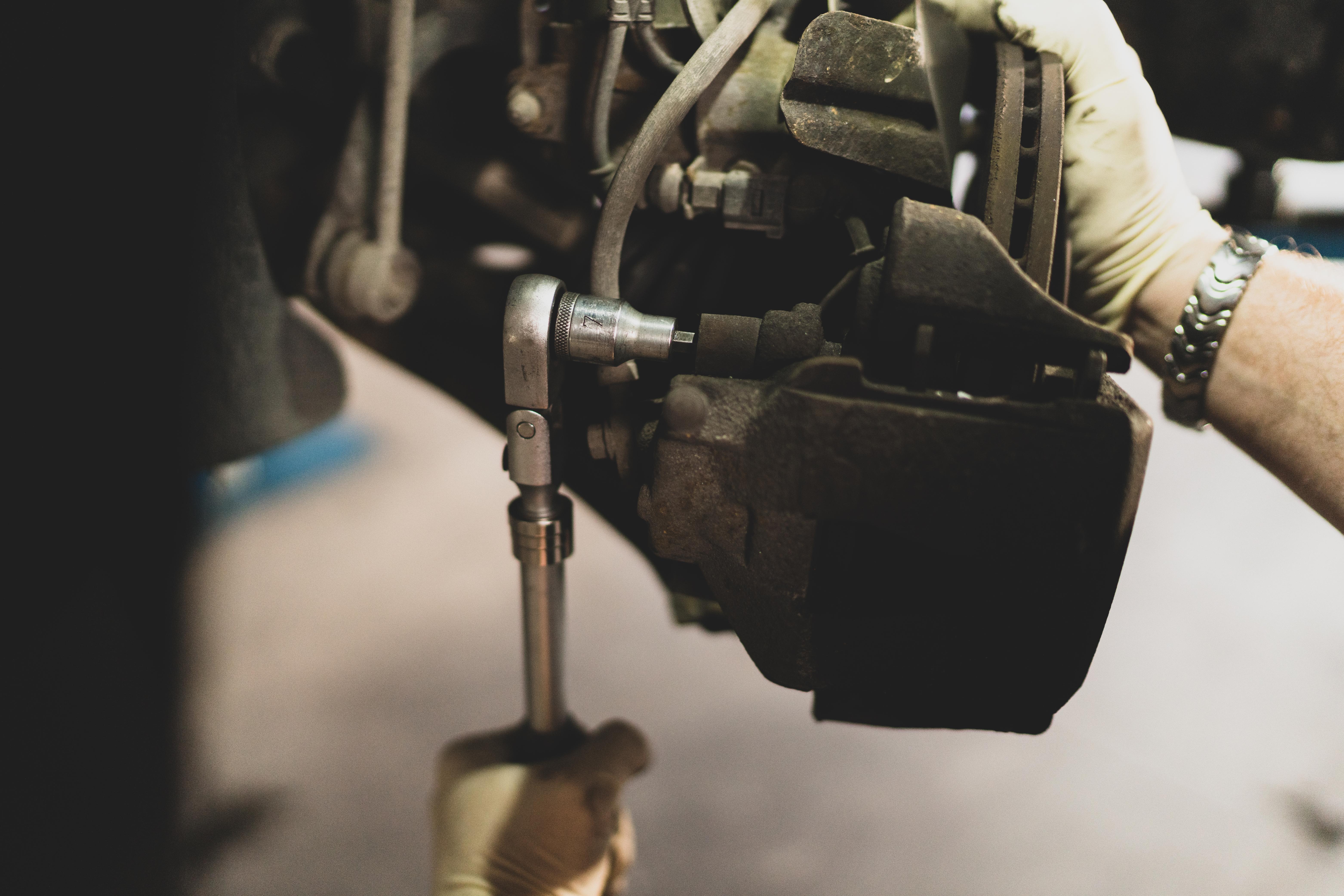
Brakes are a critical safety component, and their maintenance should never be neglected. Learning to inspect and replace brake pads can prevent costly repairs and ensure your vehicle stops effectively. Listen for squealing or grinding noises, which often indicate worn pads. Replacing brake pads involves removing the wheel, caliper, and old pads, then installing new ones. Understanding your brake system’s nuances, such as rotor conditions and brake fluid levels, adds another layer of safety. Regular brake maintenance not only enhances safety but also boosts your confidence in handling emergency situations.
Battery Care and Replacement
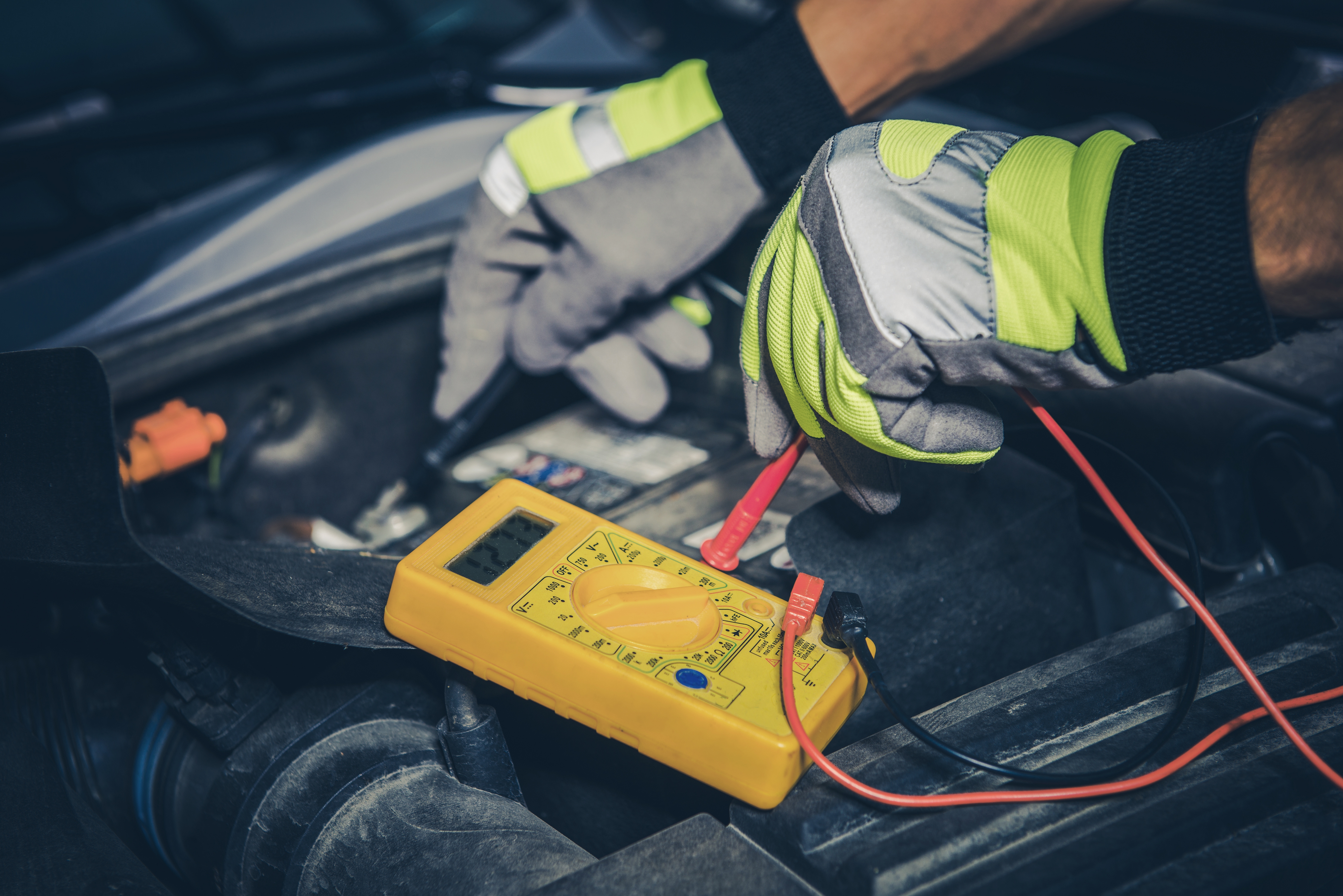
A car battery is the heart of your vehicle’s electrical system, and proper maintenance ensures reliability. Regularly check for corrosion on battery terminals and clean them with a mixture of baking soda and water. Ensure the battery is securely mounted and inspect it for any signs of damage. Knowing how to jump-start a battery is a valuable skill, but understanding when it’s time for a replacement is equally important. Most batteries last between three to five years, and learning to replace one yourself can save significant costs. A well-maintained battery ensures your car starts reliably every time.
Replacing Wiper Blades
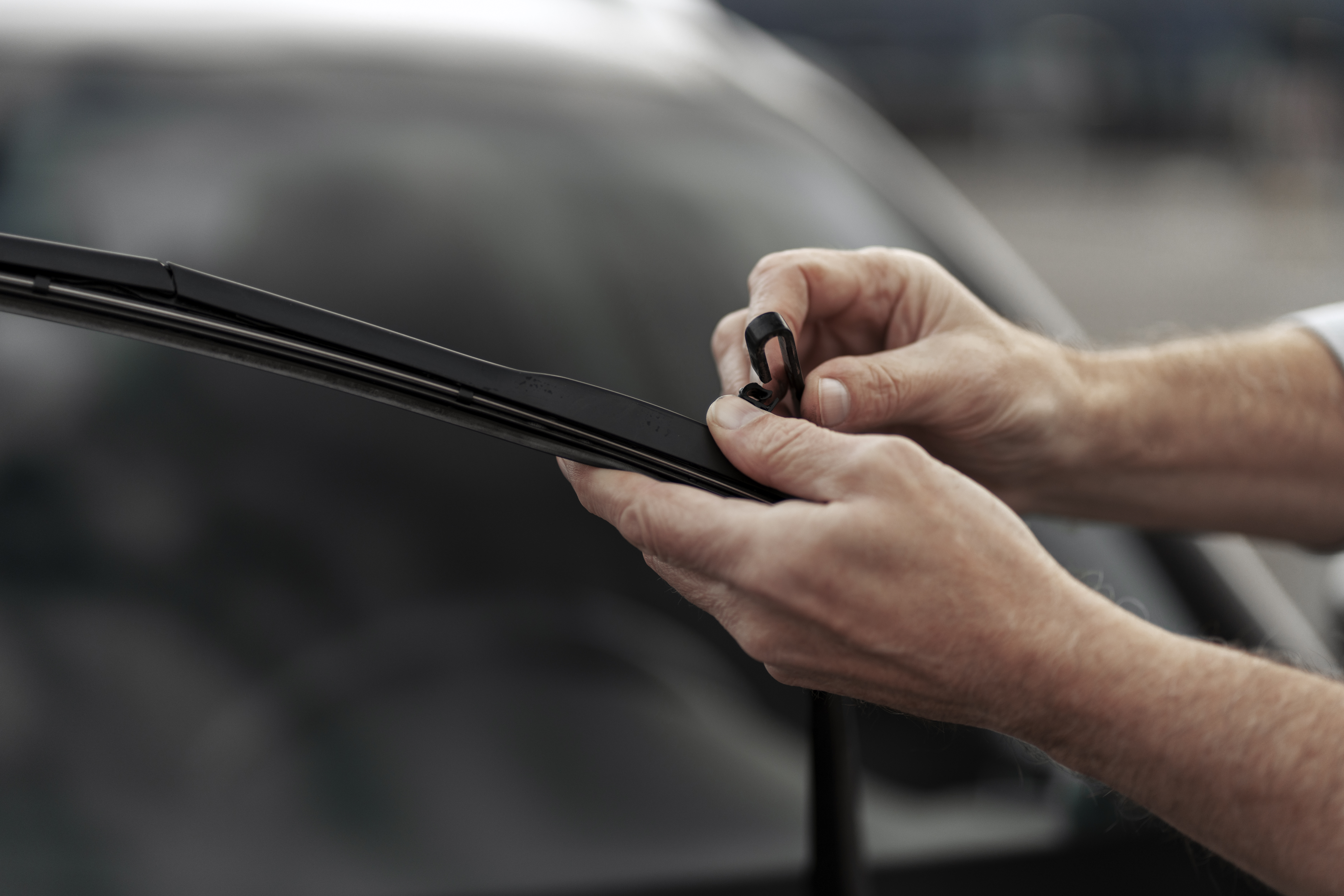
While often overlooked, wiper blades are crucial for visibility and safety during adverse weather conditions. Over time, blades can become cracked or worn, leading to streaking or ineffective clearing of the windshield. Replacing wiper blades is a straightforward task that requires minimal tools. Simply lift the wiper arm, remove the old blade, and attach the new one. It’s advisable to replace blades every six months or as soon as you notice a decline in performance. By ensuring your wipers are in top condition, you maintain clear visibility, enhancing safety during rain or snow.
Air Filter Replacement and Its Impact
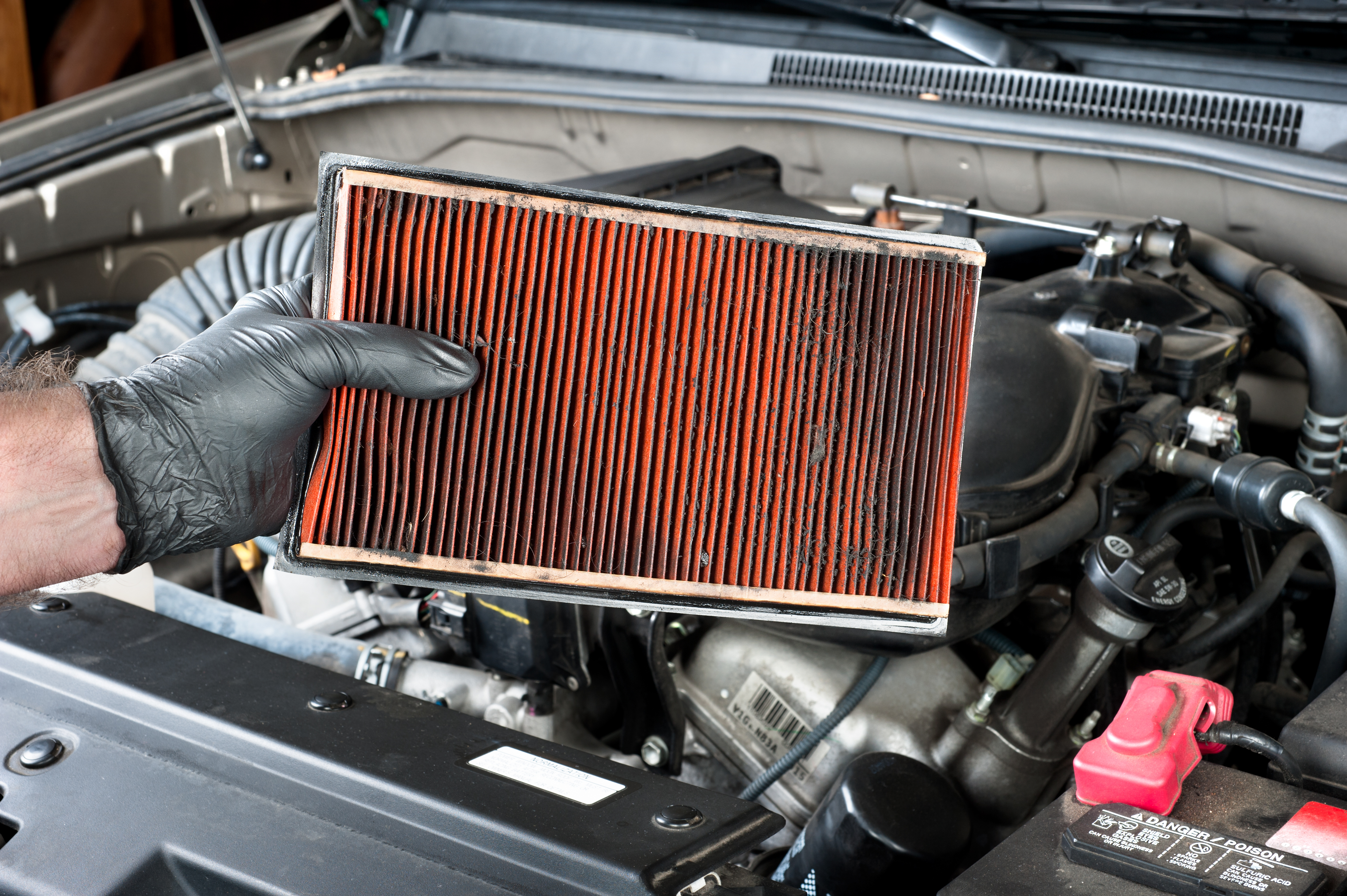
The air filter is vital for maintaining engine efficiency and performance. It prevents dirt and debris from entering the engine, ensuring clean airflow. A clogged air filter can lead to reduced fuel economy and sluggish performance. Replacing an air filter is a simple task that involves opening the air filter box, removing the old filter, and inserting a new one. This should be done every 12,000 to 15,000 miles or as recommended by your vehicle’s manual. A clean air filter not only improves engine performance but also contributes to reduced emissions and better fuel efficiency.
Coolant System Maintenance
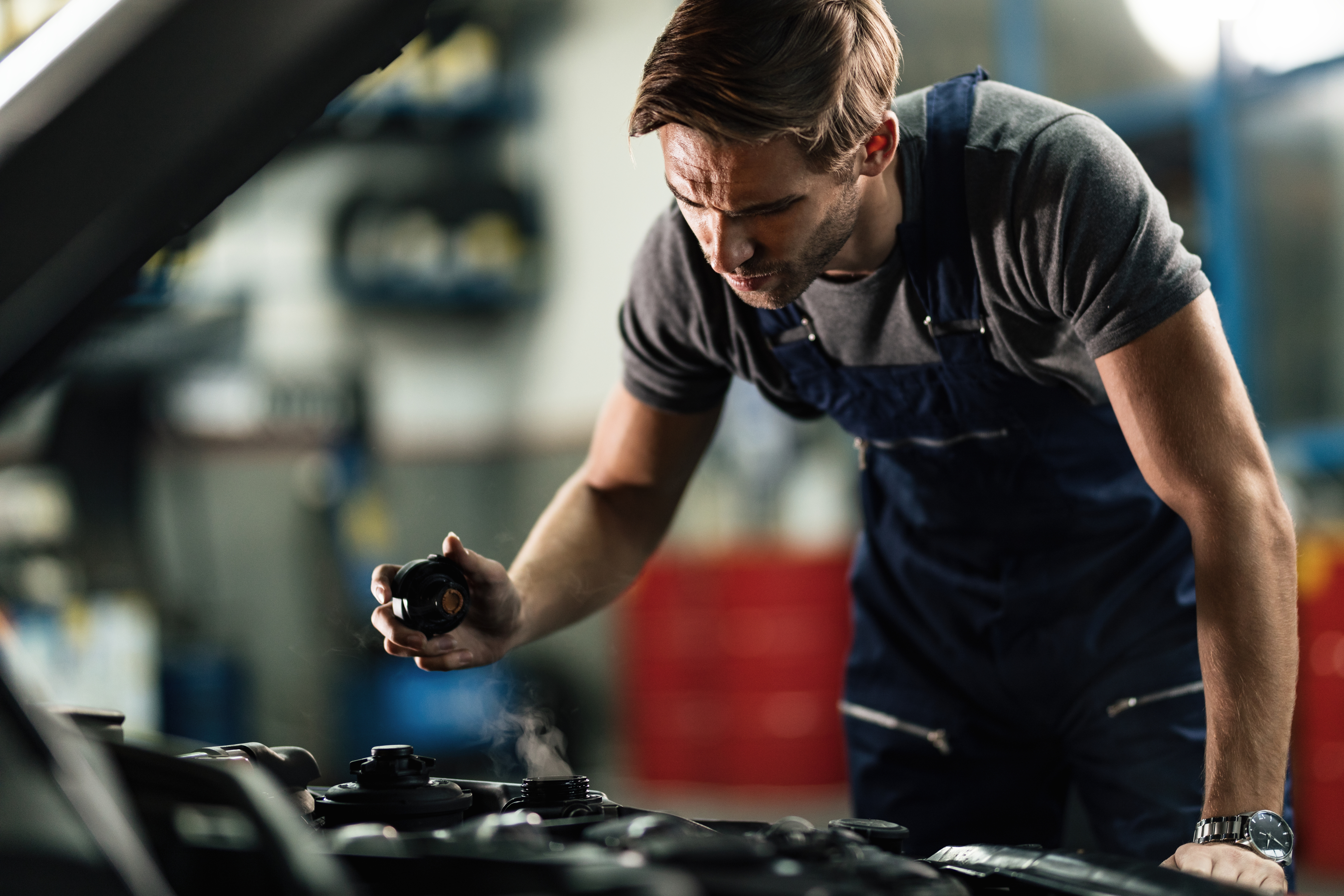
The coolant system plays a crucial role in regulating your engine’s temperature. Over time, coolant can become contaminated, reducing its effectiveness. Regularly checking coolant levels and performing a flush as needed can prevent overheating and costly repairs. To flush the system, drain the old coolant, flush with water, and refill with a fresh coolant mix. Always ensure the engine is cool before opening the radiator cap to prevent burns. Proper coolant maintenance ensures your engine runs at optimal temperatures, preventing overheating and extending the life of engine components.
Spark Plug Replacement: Igniting Performance
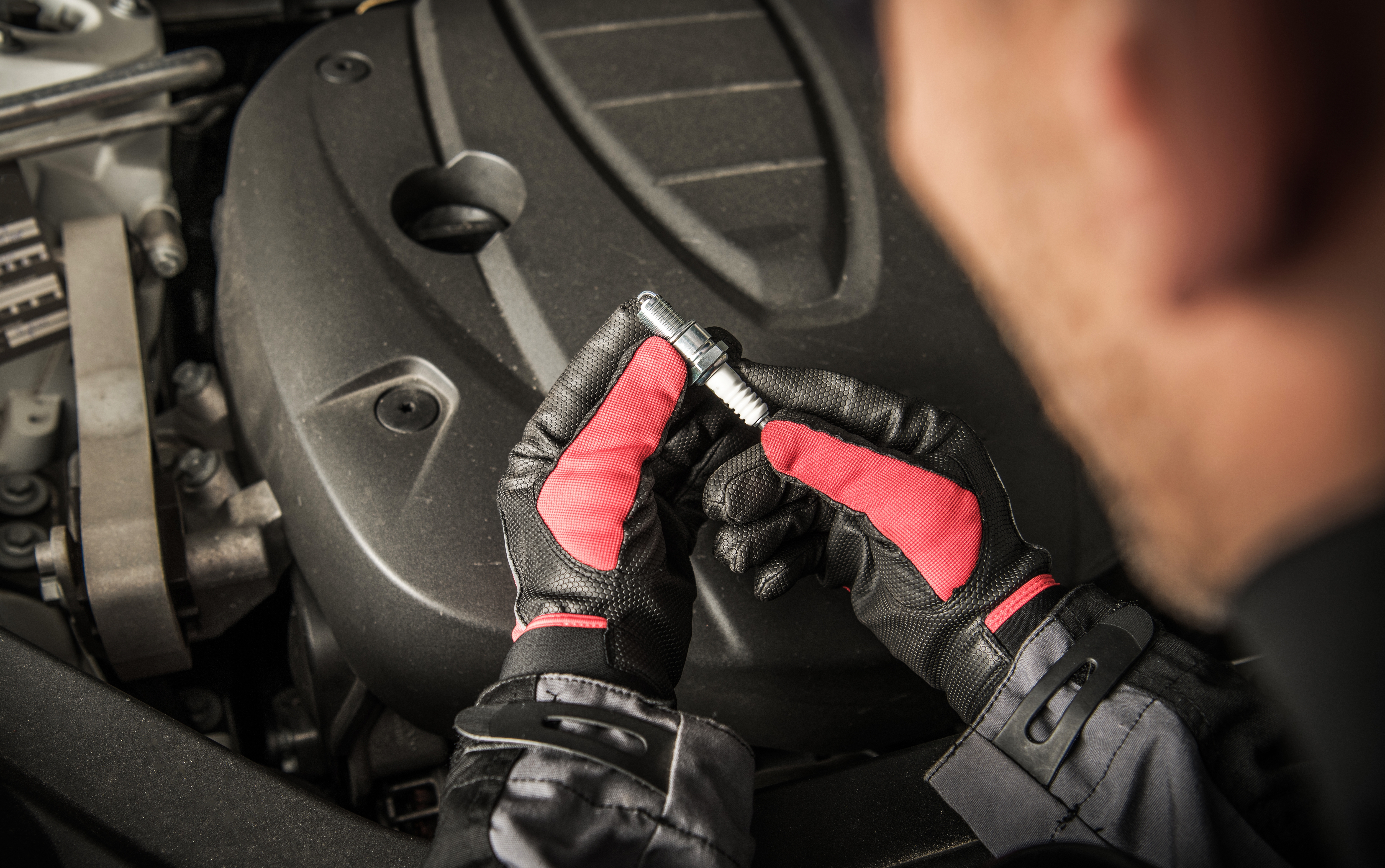
Spark plugs are integral to engine performance, igniting the air-fuel mixture within the cylinders. Worn spark plugs can lead to misfires, poor fuel economy, and sluggish acceleration. Replacing spark plugs is a task that requires a spark plug socket, ratchet, and extension. Carefully remove the old plugs and install new ones, ensuring they are properly gapped according to your vehicle’s specifications. This task should be performed every 30,000 miles or as recommended. By maintaining healthy spark plugs, you ensure efficient combustion, smooth acceleration, and optimal engine performance.
Mastering DIY car maintenance is a journey that empowers you to take control of your vehicle’s health. Each task, from understanding your vehicle’s manual to replacing spark plugs, contributes to a comprehensive maintenance routine that enhances performance and longevity. By embracing these tasks, you not only save money but also gain invaluable knowledge about your vehicle. This journey fosters a deeper connection with your car, turning maintenance from a chore into a rewarding experience. With each completed task, you build confidence, ensuring your ride remains safe, efficient, and enjoyable for miles to come.

